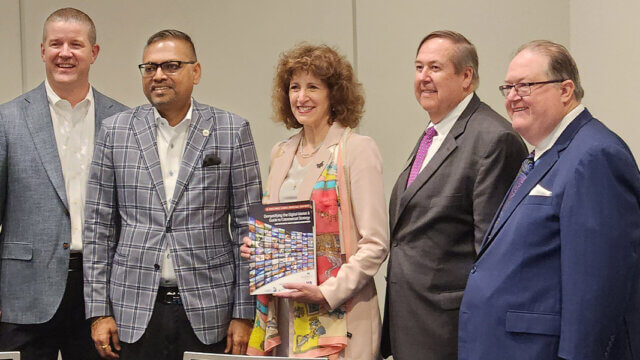NATIONAL REPORT—Los Angeles’ occupancy levels have been well above their 20-year average since 2016. The year-end 2019 level of 81.3% significantly outpaced the longer-term average of 73.9%, according to Kalibri Lab’s Above the Curve report for the market. RevPAR increased at an average annual rate of 3.5% since 2015, exceeding the Top 25 market average of 1.2% for the period. Pre-pandemic industry fundamentals were particularly strong.
The forecast decline in the Los Angeles hotel occupancy level from 2019 to year-end 2020 is -44.7%, slightly better than the Top 25 market average decline of -48.3%. The forecast decline in ADR for the market this year is comparable to that of the Top 25 market average (-26.2% vs. -26.4%). These occupancy and ADR contraction levels are expected to result in a -59.2% decline in RevPAR for Los Angeles in 2020 (vs. a -61.9% for the Top 25 market average).
In terms of recovery from the negative impact of the COVID-19 pandemic, L.A. is expected to return to 2019 levels in mid-2024. RevPAR change from 2020 through 2024 is forecast to average 26.8 % during this period (slightly below the Top 25 market average of 27.8%).
Non-group related drivers of lodging demand throughout metropolitan L.A., particularly in the suburban areas and along the key transportation corridors in and around the city, have expanded significantly over the past decade. While this diversification has led to a highly positive operating environment, the downtown submarket has historically captured the majority of group, trade show and convention demand in the city.
As L.A. hotels generate a significant percentage of business from group meetings and conventions, a rebound in these sectors will be required to ensure a return to pre-COVID levels of performance.

